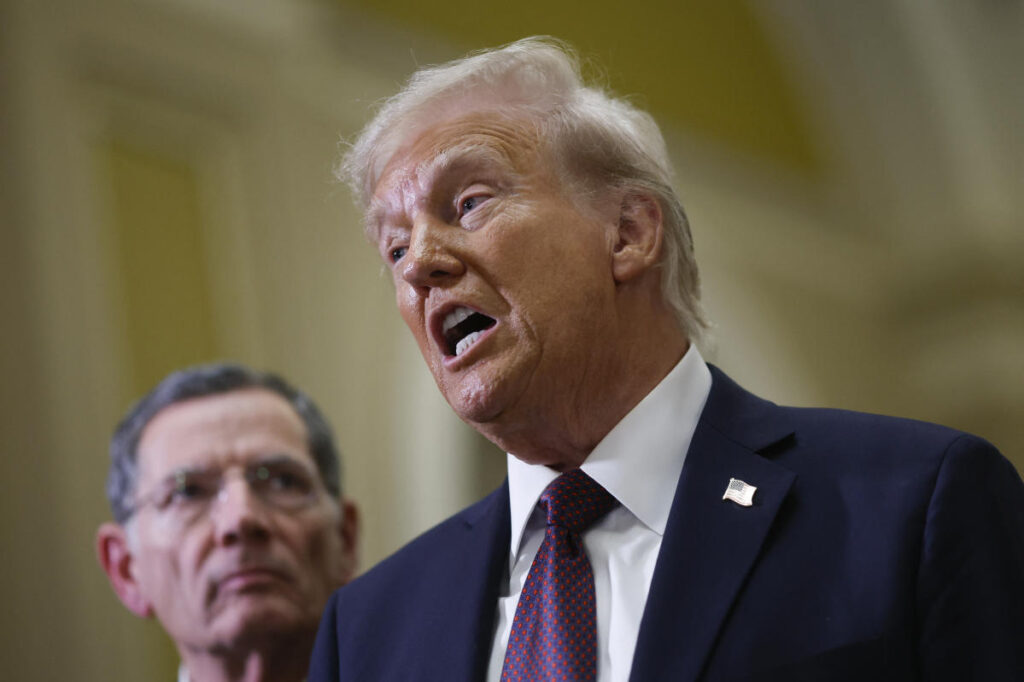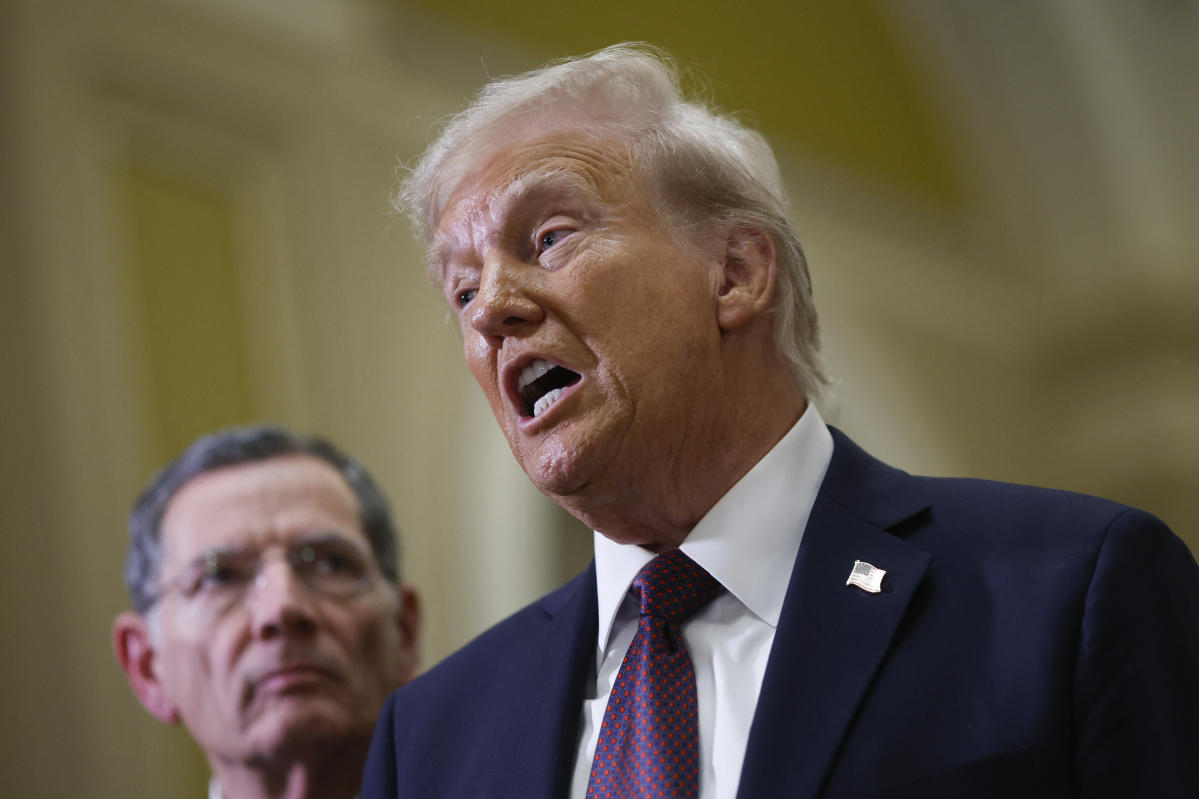Trump’s economic plans face ‘highly unusual’ bond market as national debt continues to balloon


Donald Trump is used to managing debt. But not like this.
As a real estate developer, Trump relied heavily on borrowed money to fund projects. Trouble paying back his debts contributed to six business bankruptcies. Trump battled back by writing off some loans, refinancing others, finding new lenders, and changing his business model.
The public debt Trump will inherit as the 47th president is a completely different problem.
The national debt will exceed $36 trillion when he takes office on Jan. 20, up from $20 trillion when he started his first term in 2017. As a percentage of GDP, debt held by the public has jumped from 75% in 2017 to 96% today. These numbers will only get worse. Refinancing is not an option and a federal government bankruptcy is unthinkable.
The main question is when markets will start punishing Uncle Sam for profligate borrowing — and it might already be happening.
Since last September, the Federal Reserve has cut short-term interest rates by a full percentage point, yet long-term rates have risen by a full point. “This is highly unusual,” Torsten Sløk, chief economist at private equity firm Apollo, wrote in his Jan. 7 newsletter. “The market is telling us something.” (Disclosure: Yahoo Finance is owned by Apollo Global Management.)
The bond market doesn’t explain itself. But one factor behind rising long-term rates could be endless borrowing by the Treasury Department. If borrowers issue more debt than investors can absorb, rates have to rise. Rates could also be ticking up because of concerns about future inflation. Whatever the reason, higher rates mean higher borrowing costs for home and car buyers, and for businesses.
And oh yeah, the US government has to pay more too, making its fiscal woes even worse.
Read more: Trump’s first year will be filled with fiscal follies.
This debt pinch will hit Trump’s agenda in three ways.
First, the government has hit its borrowing limit, which means Congress will need to raise the limit by late spring or early summer. That could be an ugly battle, with some GOP budget hawks holding out, threatening a US default.
“Policymakers will ultimately avert default, but the political dynamics on Capitol Hill could produce one of the shakier debt ceiling dramedies in recent memory,” investing firm BTIG explained in a Jan. 6 analysis.
Second, a debt ceiling showdown could trigger another downgrade of US debt. Standard & Poor’s downgraded US debt one notch after a debt-ceiling standoff in 2011. Fitch did the same after a similar showdown in 2023, and Moody’s changed its US ratings outlook to negative from stable that same year. Downgrades haven’t damaged US creditworthiness yet, but markets are getting more prickly.








